The Conservation Biology Research Group (CBRG-UoM), led by Dr Adriana Vella, is actively studying biodiversity in different habitats to assess their conservation value and status. Such research, she said, is vital, especially when an increasing number of threats are seriously affecting the preservation of native biodiversity.
Through globalisation, the increasing introduction of alien species is fast becoming one of the major pressures on biodiversity and ecosystem functioning, with consequences on the goods and services that native species uniquely provide in different parts of the world.
For this reason, alien species are frequently being investigated as well during ongoing local conservation research.
In fact, the CBRG-UoM has discovered various non-native species in local habitats over the years. In the marine environment, such records by this research group date back to 2002 and since then they have discovered a number of marine alien species in Maltese waters, including the Rabbitfish, Cocoa Damselfish, Dory Snapper, Indo-Pacific Sergeant, Sergeant Major, African Sergeant, Lowfin Chub (photo above), Niger Hind, Monrovia Surgeonfish, Indo-Pacific Punctuated Flatworm, Lionfish, Squirrelfish amongst others.
Apart from being new to Malta, many of these discoveries have been the first scientific records for the Mediterranean Sea.
There are various routes by which such alien species are finding their way into Maltese waters – from trading activities, vessel transport, aquaria, aquaculture and the increasing presence of floating debris, to environmental changes as a result of climate change.
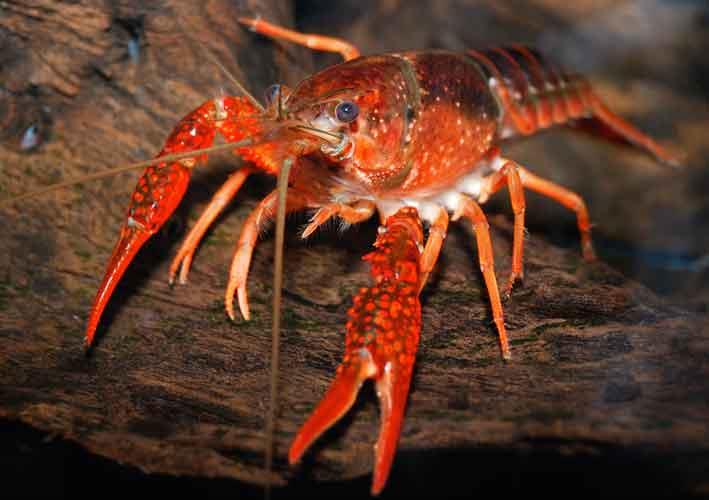
(Red Swamp Crayfish)
The Suez Canal and its recent enlargement has further facilitated the movement of species from the Red Sea into the Mediterranean. However, alien species have also been recorded coming in from the Atlantic Ocean through the Strait of Gibraltar.
The CBRG-UoM has expertise in the study of biodiversity by several methods, from field research involving marine surveys and snorkelling or SCUBA work, to biological laboratory investigations including molecular genetics. The latter uses detailed DNA information known as the ‘code of life’ – which is carried by any living creature – to unravel the identity and unique characteristics of the different species studied. This is being increasingly applied to accurately identify species and the stock or population from which specimens derive.

(Lionfish)
For example, when the alien Dory Snapper was found in Maltese waters, the research group identified the species morphologically and genetically, discovering that the specimen showed the greatest similarity to Dory Snappers of East African origin. Therefore, the research techniques developed at this conservation research laboratory are highly specialised and contribute to wildlife investigations and assessments. The CBRG-UoM has applied various molecular markers to study diverse marine and terrestrial species and population structures which paves the way for extremely useful conservation and management applications.
Among the numerous species studied by this research group are the Bluefin tuna, the Dusky grouper, the Bluntnose Sixgilled shark just to mention a few. In each instance, specimens were collected in collaboration with local fishermen to avoid sacrificing any of the local species specimens just for research. The CBRG-UoM has also distinguished itself by studying biodiversity in ways that have minimal to no impact on nature.
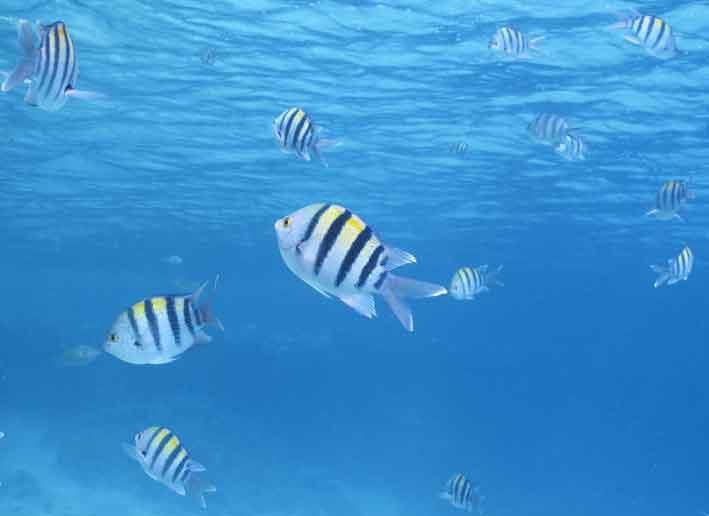
(Indo-Pacific Sergeant)
Apart from marine biodiversity the group has been active in the study of terrestrial species and habitats, including vulnerable freshwater habitats. The latter are now also under threat from a new alien freshwater species.
The CBRG-UoM scientifically reported the presence of the red swamp crayfish, Procambarus clarkii, in Malta. This species has been identified morphologically as well as genetically. Unfortunately, it has been introduced to Maltese freshwater habitats by some careless human action that may affect local natural freshwater communities of species that are already vulnerable due to a large degree of anthropogenic pollution and climate change impact.
This North American freshwater crayfish has already been reported in other European countries and has fast become well known as one of the most widely introduced freshwater species in the world. It is known to cause irreparable ecological and economic damage if left unchecked because its impressive behavioural and biological ease of adaptation to invaded natural environments makes it a problematic invasive species.
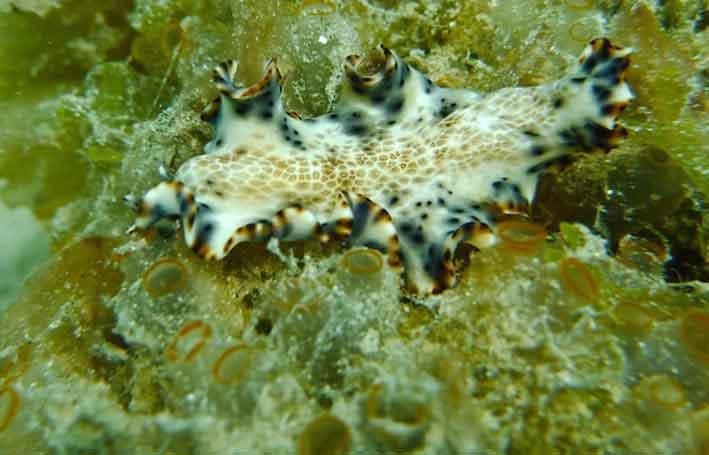
(Indo-Pacific Punctuated Flatworm)
Field observations by the group at Chadwick Lakes and other freshwater habitats confirmed that this crayfish’s opportunistic feeding on tadpoles and other native species found in the freshwater environment may affect the survival of native species. The recent publication of this scientific study has been issued in the international, peer-reviewed journal NESciences and the findings have been shared with the environment protection authority in order to recommend action for the management of the new man-made environmental threat in this fragile freshwater ecosystem.
From the local perspective, it is clear that more care in the importation, sale and responsible ownership of exotic species should be put in place, especially when most habitats are already suffering from various anthropogenic impacts. We do not often appreciate that these alien species frequently carry tiny creatures, including pathogens, as they are introduced. These add to the number of potentially invasive species that affect local communities of species in many ways.
Unlike local or endemic species, alien species are collected for immediate examination in order to assess the potential environmental and socio-economic impact of such introduced species before they can become problematic to manage.
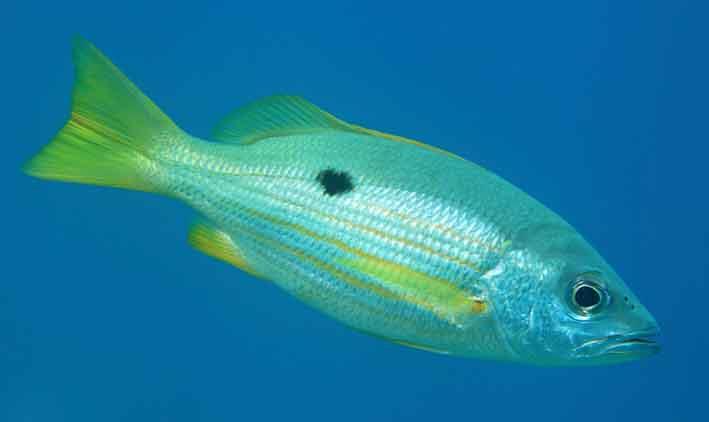
(Dory Snapper)
As exotic or alien species are increasingly threatening local species in terrestrial, freshwater and marine environments, these non-native species should be reported when observed by members of the public. It is important to note, however, that as alien species may be dangerous, ideally it is best to photograph the species and send information of where and when it was seen to the CBRG-UoM immediately. This will allow this research group to continue its work towards promoting the effective conservation of species and habitats requiring urgent care.
The CBRG-UoM is grateful for the various reports and sightings that it receives which complement the group’s own dedicated research efforts in the field and research labs. Various people, including fishermen, SCUBA divers, farmers, nature enthusiasts and BICREF NGO members, have been assisting these local efforts towards conservation.
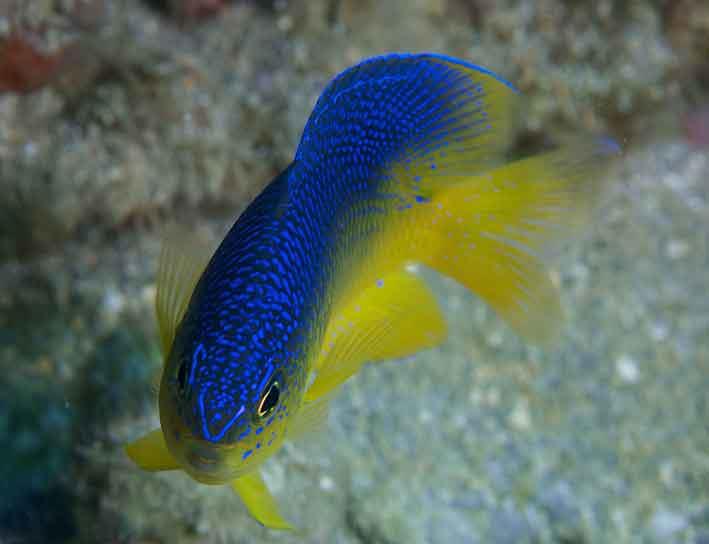
(Cocoa Demselfish)
Anyone wishing to assist in the ongoing conservation research of endemic, vulnerable or endangered species by reporting sightings of these species and the impact they are suffering in their habitats are most welcome to contact this research group.
For further information, or in the event of any sighting reports/samples, please contact: Adriana Vella, PhD (Cambridge) at the Conservation Biology Research Group, University of Malta, tel: 9942-9592 or email: [email protected]